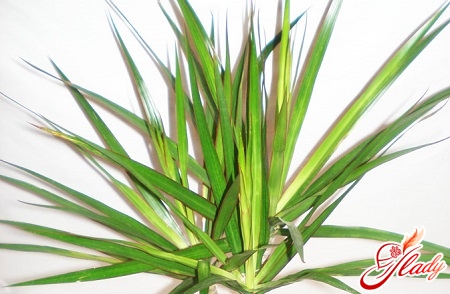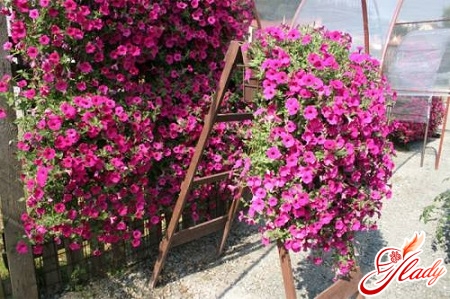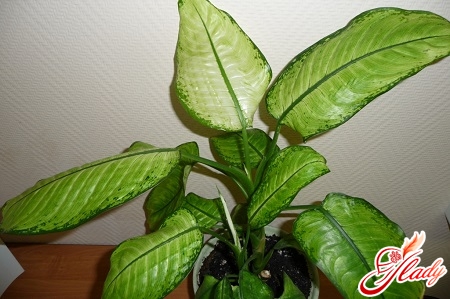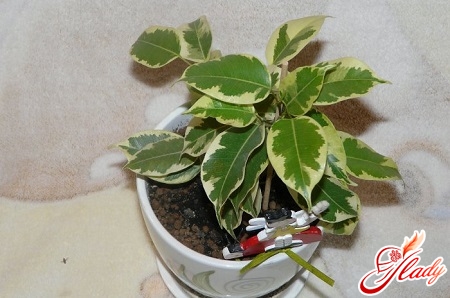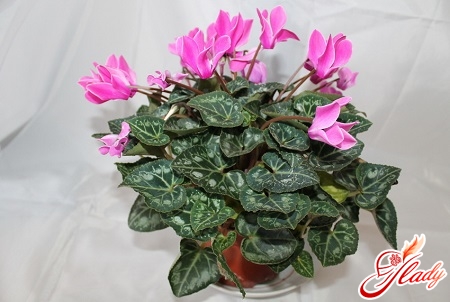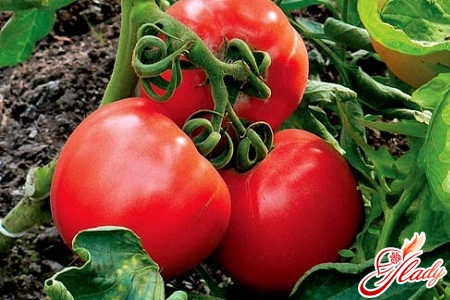 Have you planned out the garden beds?Have you calculated the number of bushes for planting? Have you allocated the required amount for purchasing seedlings? Excellent. The only thing left is to decide which tomato varieties to choose for your garden. Meanwhile, it is oh so difficult to do this - the range is too large. And each variety is good in its own way, and sellers praise what they sell in every way, and there is a temptation to try new products. But let's approach the issue of choice rationally. The fact is that all tomato varieties can be divided into main groups: by place of cultivation (for open ground and for greenhouses), by ripening time (early and late ripening) and by utilitarian purposes (varieties for canning and table varieties). So let's see what can be chosen in accordance with this classification.
Have you planned out the garden beds?Have you calculated the number of bushes for planting? Have you allocated the required amount for purchasing seedlings? Excellent. The only thing left is to decide which tomato varieties to choose for your garden. Meanwhile, it is oh so difficult to do this - the range is too large. And each variety is good in its own way, and sellers praise what they sell in every way, and there is a temptation to try new products. But let's approach the issue of choice rationally. The fact is that all tomato varieties can be divided into main groups: by place of cultivation (for open ground and for greenhouses), by ripening time (early and late ripening) and by utilitarian purposes (varieties for canning and table varieties). So let's see what can be chosen in accordance with this classification.
By the place of cultivation
Greenhouse conditions are high humidity,significant temperature difference between day and night, favorable conditions not only for tomatoes, but also for all kinds of diseases and pests. Therefore, the requirements for agricultural technology of greenhouse plants differ from the rules for growing them in open ground. As for tomatoes, hybrids suitable for greenhouses must be resistant to diseases, have the ability to limited growth and form ovaries in unfavorable conditions. All these requirements are met by determinate and semi-determinate tomato hybrids.
For greenhouse cultivation, ripening timesdo not play a special role. But for open ground, it is best to choose early and mid-season varieties with small fruits. However, this is especially relevant only for cold regions. In the south, tomatoes ripen in open ground regardless of the ripening time and size of the fruits. Nevertheless, gardeners have still determined the best varieties of tomatoes for open ground through experience.
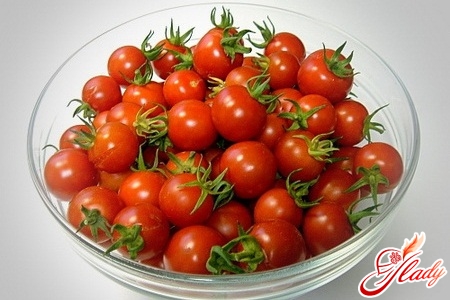
According to maturity
These terms are determined by the so-calledvegetation period – the time from planting the seed to ripening of the fruit. For early ripening tomatoes, it lasts from eighty to one hundred days. For mid-season tomatoes – from one hundred ten to one hundred twenty. And for late ripening tomatoes, it lasts more than one hundred twenty days. Early ripening varieties do not yield a large harvest, but provide the long-awaited first tomatoes (though small and not very sweet) at the beginning of summer. They are also suitable for growing in cold regions:
- Pineapple,
- Banana,
- Boni-M,
- Bonsai
- Friend F 1,
- Gold of the Scythians,
- Bell,
- Baby,
- The find,
- Neman 83,
- Parodist,
- Silver Spruce,
- Svitanok,
- Siberian early maturing,
- Khan.
Mid-season varieties.They are the ones that provide a massive and abundant tomato harvest in your garden. They are the ones that become an indispensable part of the summer menu, and they are the ones you will use to make preparations for the winter. Here is just a small part of the rich assortment of mid-season varieties:
- Alaska,
- Budenovka,
- Valentina Tereshkova,
- Viardot F1,
- Helena F1,
- Hybrid 2,
- Gribovsky A-50,
- Zhiguli,
- Cosmonaut Volkov,
- Swallow,
- The pink giant,
- Rusich,
- Tarasenko,
- Tyutchev.
Late-ripening varieties are the most productive and the most delicious. They are excellent for growing in the southern regions:
- Aza,
- Bananchik,
- Bityug,
- Ermak,
- Giraffe,
- Kent is a greenhouse,
- Krasnobay,
- Cuban violet,
- The crimson giant,
- The dream of an amateur,
- Russian size,
- Siberian,
- Tortila,
- Hrustik,
- Wizard.
By appointment
All varieties without exception have their intended purposeTomatoes can be divided into those that are good fresh and those that are suitable for winter preparations. Table varieties should be juicy and sweet, and their skin should be soft and thin. Dessert varieties have dense pulp, and sauce varieties have a lot of fruit mucus. Salad varieties are not suitable for pickling and are intended exclusively for fresh consumption. Considering that many other varieties can be used for salads, it is worth noting only some especially tasty and large-fruited tomatoes: Bull's Heart, Pink Giant, Wild Rose, Wizard. Among the salad varieties, there are also those that are intended for long-term storage. These are, for example, Long Keeper, Ostrich, Bonus, Kuzya, Viscount, Lola, Snowfall, Kaplya, Novogodniy. Varieties suitable for pickling should have the ability to naturally ferment, that is, be sweet enough, have dense skin and medium size. The following varieties meet these requirements, for example: Admiral, Batyr, Parus, Boets, Max, Vesta, Don Quixote, Gelena, Dina, Khutorskoy zasolochny, Podsnezhnik, Lider, Rekordsmen. Tomatoes for canning should have dense pulp, strong skin, small seeds and a small size. These are, for example, the following varieties: Angelica, Zolotaya Kaplya, Kolobok, Oksana, Nolik, Karlusha, Solnechny, Anna German, Ballerina, Peach, Slavyanka, Shuttle, Lunar, Striped Plum, Little Prince, Suitor, Pink Plum, Triumph, Ogni Moskvy, Yagodka and many others. Sauce varieties are great for processing: cooking, sauces and juices. The most famous of them are: Helena, Abbot, Chosen One, Lel, Maximka, Flash, Summer Garden, Glasha, Gift, Penguin, Gourmet, Strongman, Excellent Student, Royal, Unique, Idol, Record Holder, Cupid.
Which varieties to choose?
So, what kind of tomatoes should you plant in your garden?in the garden? If you are going to grow them in a greenhouse, then choose only determinate and semi-determinate hybrids. They are compact, produce low-growing and weakly branching bushes and, as a rule, do not require pinching. Plant open beds with varieties of different ripening periods, setting aside a small part for early and late ripening varieties, and the main part for mid-season ones. This way, you will ensure continuous fruiting of your "tomato beds" from early summer until mid-autumn (and not until the end of autumn in the south). By the way, about the North and the South. If the summer in your region is cold and short, then choose early ripening tomato varieties and refuse large-fruited varieties. And in the South, you can safely plant any tomatoes, focusing only on their taste and your own purposes: salting, marinating or serving. And one more piece of advice: choose only zoned varieties that have already been successfully tested in your region. Have a good harvest! We recommend reading:




